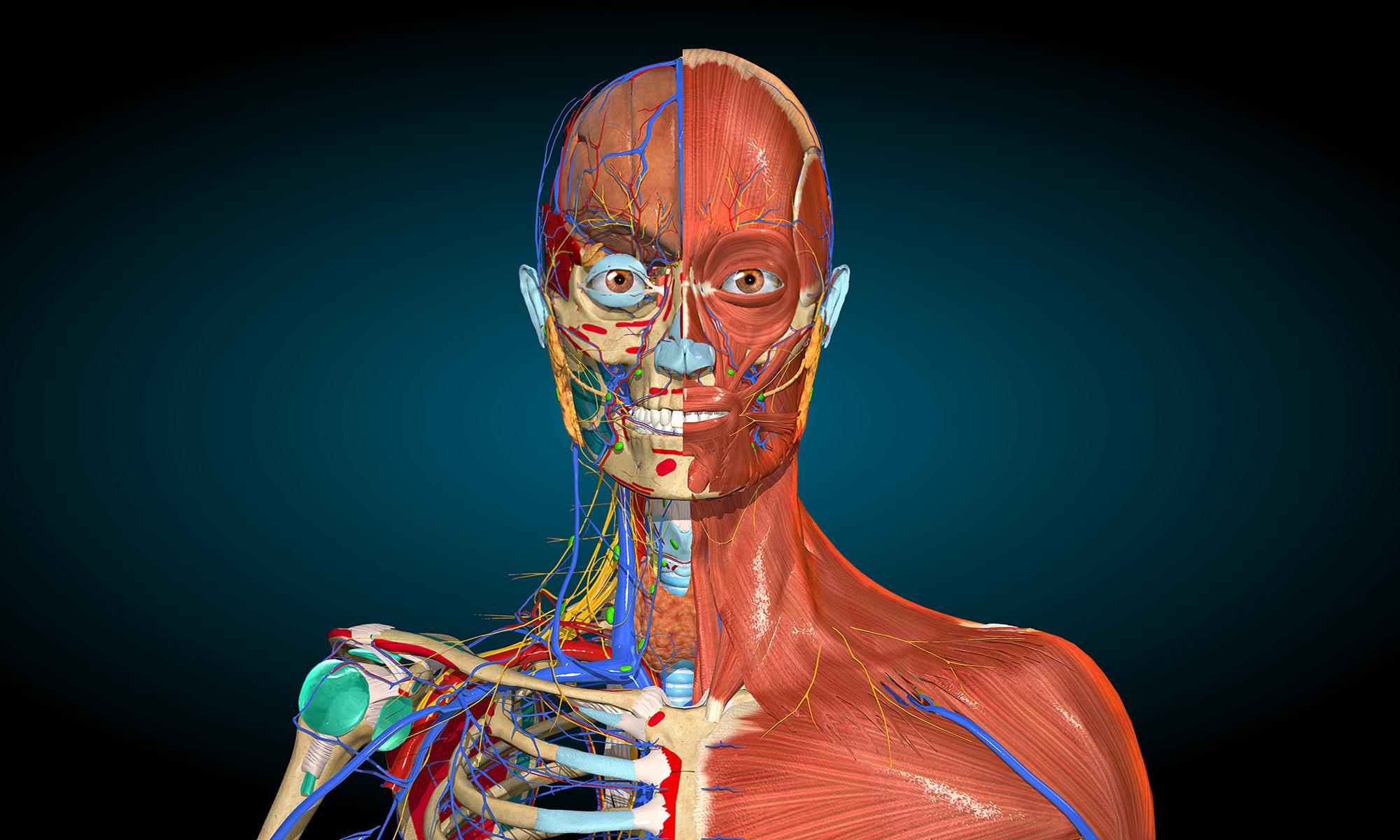SUCCESS
What Are The Best Tips For Taking An Anatomy Test?


There are several tips for taking an anatomy exam. Reviewing class notes, reviewing an anatomy textbook, and finding conventional and unconventional methods for quiz preparation are among the best tips for taking an anatomy quiz. Putting this into practice for tests can also translate into good test-taking skills and preparation.
Taking and reviewing class notes is perhaps the best advice for taking an anatomy exam. Doing so will accustom the student to anatomical terminology and prepare them for both scheduled and pop exams. Notes should cover all aspects of anatomy covered during the lectures and lab sessions. Using a highlighter to highlight specific instructions from a professor or teacher can also help you find specific details when preparing for a test, as well as you can take help from anatomy and physiology test bank.
Reviewing the relevant chapters within the textbook can also help when taking an anatomy exam. Comparing the information in the textbook with the class notes will allow the student to record any additional information that may have been missed during lectures or lab sessions. As with class notes, using a highlighter to emphasize important passages or terminology can help you locate information quickly, especially if the quiz is an open book quiz.
When taking an anatomy test, memorizing the anatomical structures and terminology is the key to a successful test. Taking the time to develop flashcards with important terms or items that will be on the quiz can help a student memorize information. This can be easily accomplished by using note cards and writing possible questions on one side and answers on the other.
Dissections are often a routine part of anatomy classes. Often done during lab sessions, dissections can allow a student to visualize structures. Paying attention during dissections can greatly assist a student in tests related to the identification and labeling of various veins, arteries, bones, and muscles.
During the quiz, a student can use a variety of tips to help them be successful. This includes first providing an answer to those questions where an answer is known. If time allows, students can go back and look at the remaining questions and fill in the blanks.
If possible, a process of elimination and choosing the best remaining answer should be used. This works especially well for sections that require a student to match a list of possible answers to specific details on a diagram. For example test bank for anatomy and physiology, by labeling the bones of the human body, a student can combine the ones she knows and have a decent chance of accurately matching the remaining choices to the correct bones or anatomical features.

